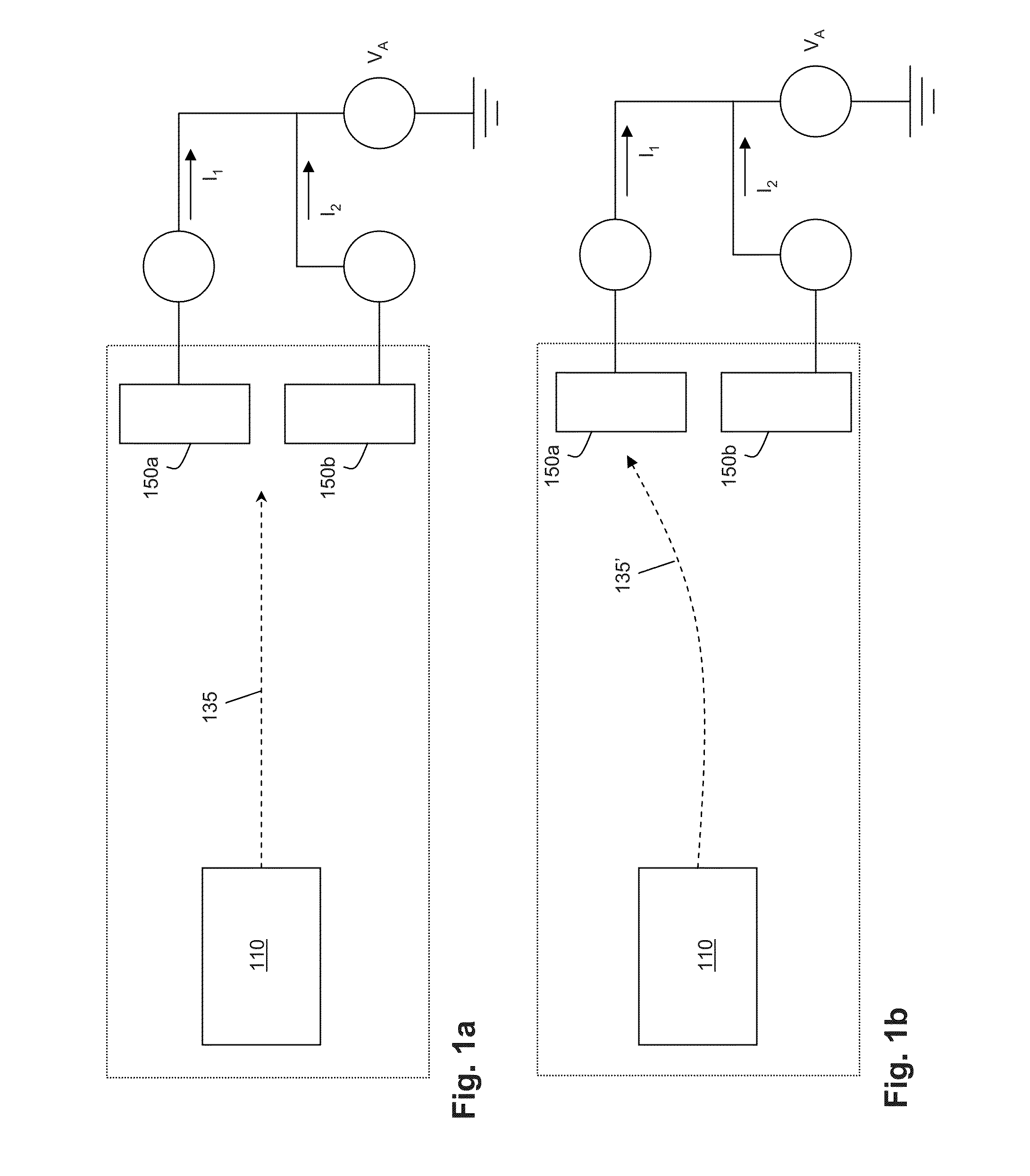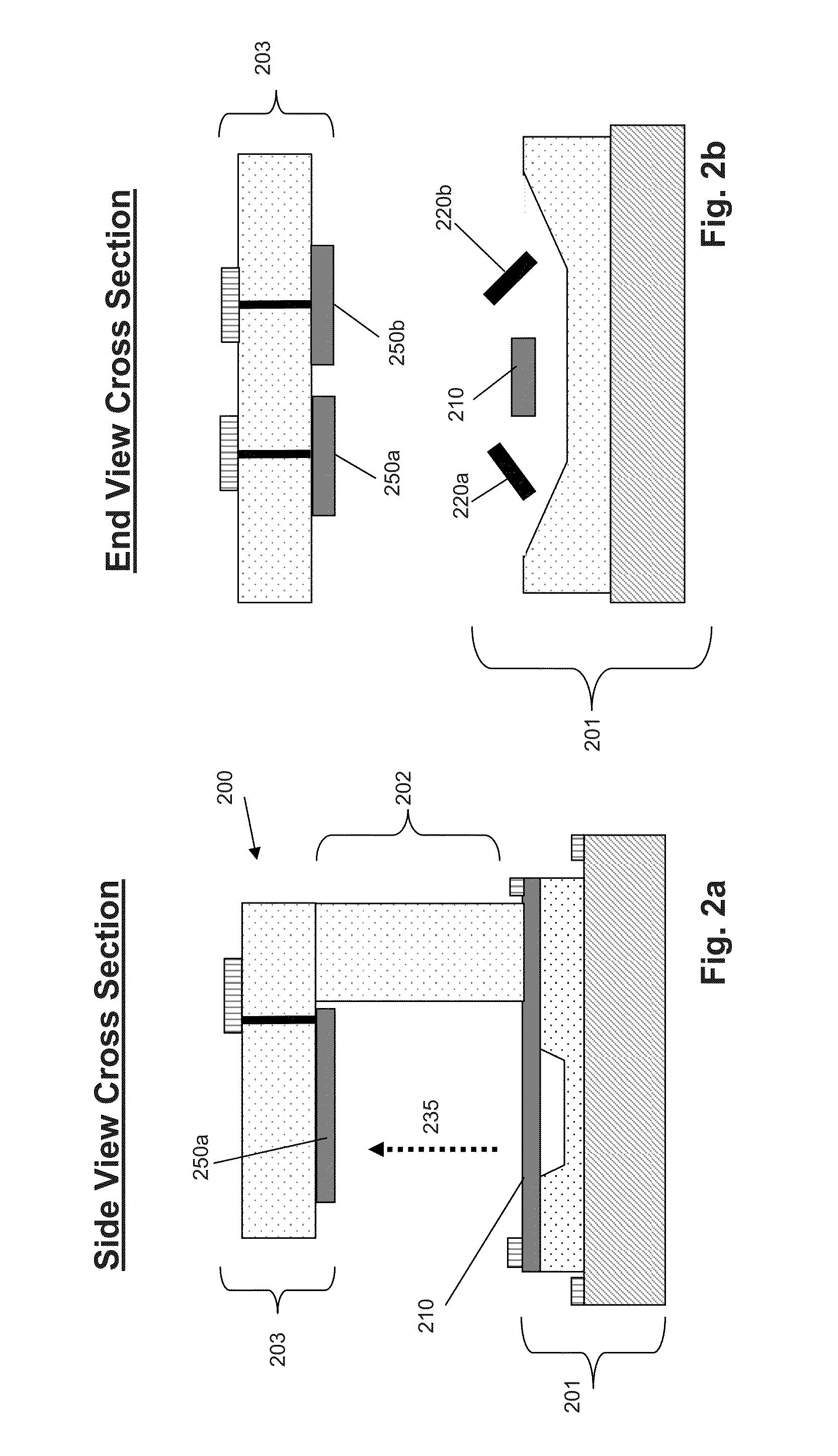Steered-electron electric-field (SEEF) sensor program
a technology of electric field and sensor program, applied in the direction of magnetic measurement, electric discharge tube, instruments, etc., can solve the problem of low frequency insensitivity, and achieve the effect of improving the electric field sensor and manufacturing method, and increasing the sensitivity to electric fields
- Summary
- Abstract
- Description
- Claims
- Application Information
AI Technical Summary
Benefits of technology
Problems solved by technology
Method used
Image
Examples
Embodiment Construction
[0023]Various embodiments and aspects of the invention will be described with reference to details discussed below, and the accompanying drawings will illustrate the various embodiments. The following description and the drawings are illustrative of the invention and are not to be construed as limiting the invention. Numerous specific details are described to provide a thorough understanding of various embodiments of the present invention. However, in certain instances, well-known or conventional details are not described in order to provide a concise discussion of embodiments of the present inventions. All terms used herein are intended to have their ordinary meaning in the art unless otherwise provided.
[0024]Exemplary electric-field sensors described herein comprise a novel micromachined approach to extremely small, sensitive, and low-power electric-field detection. Embodiments of the inventive electric-field sensor couple MEMS fabrication technologies with a unique system design ...
PUM
 Login to View More
Login to View More Abstract
Description
Claims
Application Information
 Login to View More
Login to View More - R&D
- Intellectual Property
- Life Sciences
- Materials
- Tech Scout
- Unparalleled Data Quality
- Higher Quality Content
- 60% Fewer Hallucinations
Browse by: Latest US Patents, China's latest patents, Technical Efficacy Thesaurus, Application Domain, Technology Topic, Popular Technical Reports.
© 2025 PatSnap. All rights reserved.Legal|Privacy policy|Modern Slavery Act Transparency Statement|Sitemap|About US| Contact US: help@patsnap.com



